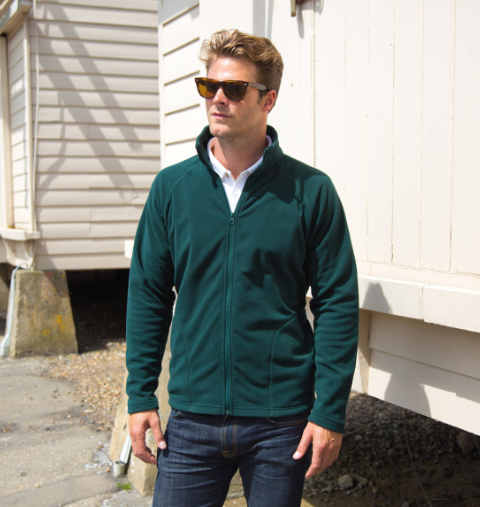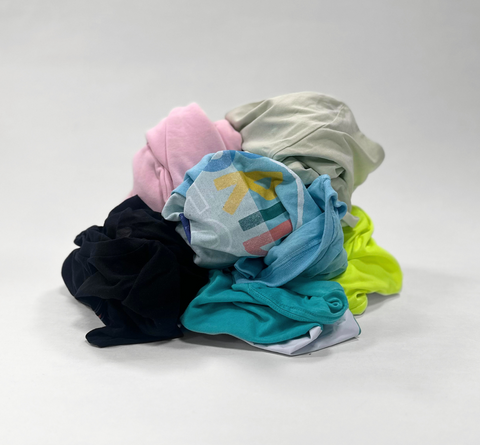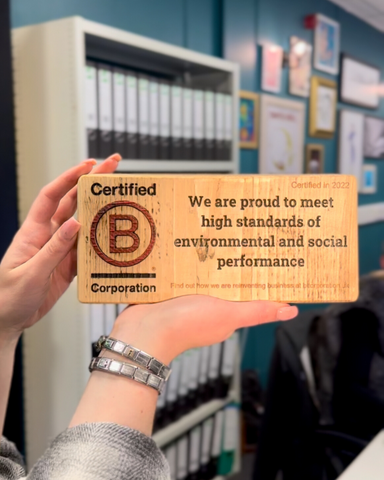2. Choose an eco-friendly detergent
Not all washing detergents are equal.
Natural Ingredients - Make sure you choose a detergent with natural ingredients rather than petroleum-based chemicals. Plant-based detergents like Ecover or Method are made of biodegradable ingredients which are much better for the planet, as they don’t pollute the sea with harmful microplastics.
Eco-friendly packaging – Liquid detergent comes in big plastic bottles which increase plastic waste and aren’t always recyclable. So, if you do buy liquid detergent, make sure to use a concentrate which uses less packaging and less fuel to transport it due to lower weight. Alternatively, choose a detergent that comes in bottles that are made of 100% recycled plastic. Powdered detergent or dehydrated sheet detergent often comes in cardboard packaging which is biodegradable and much easier to recycle.































































